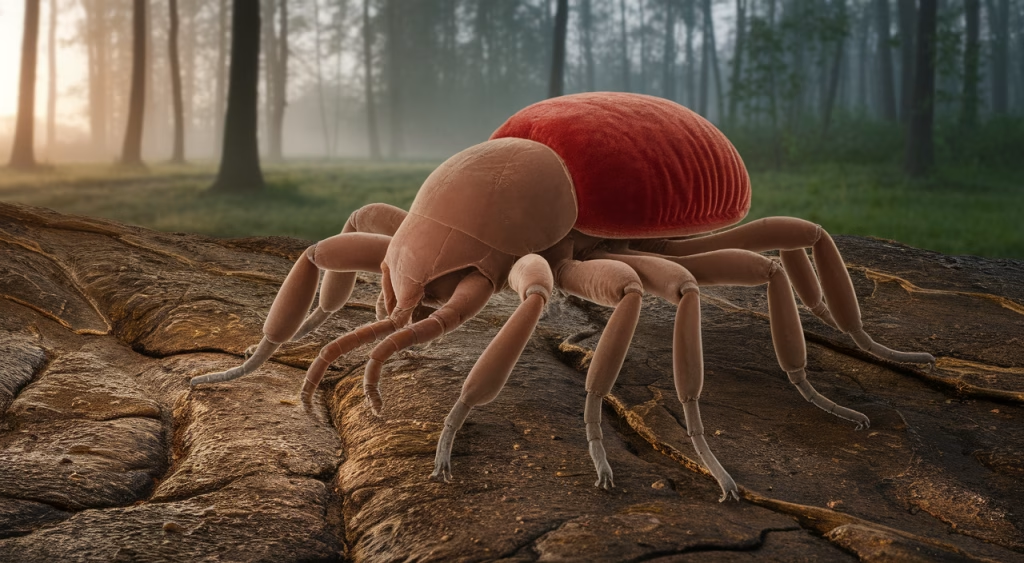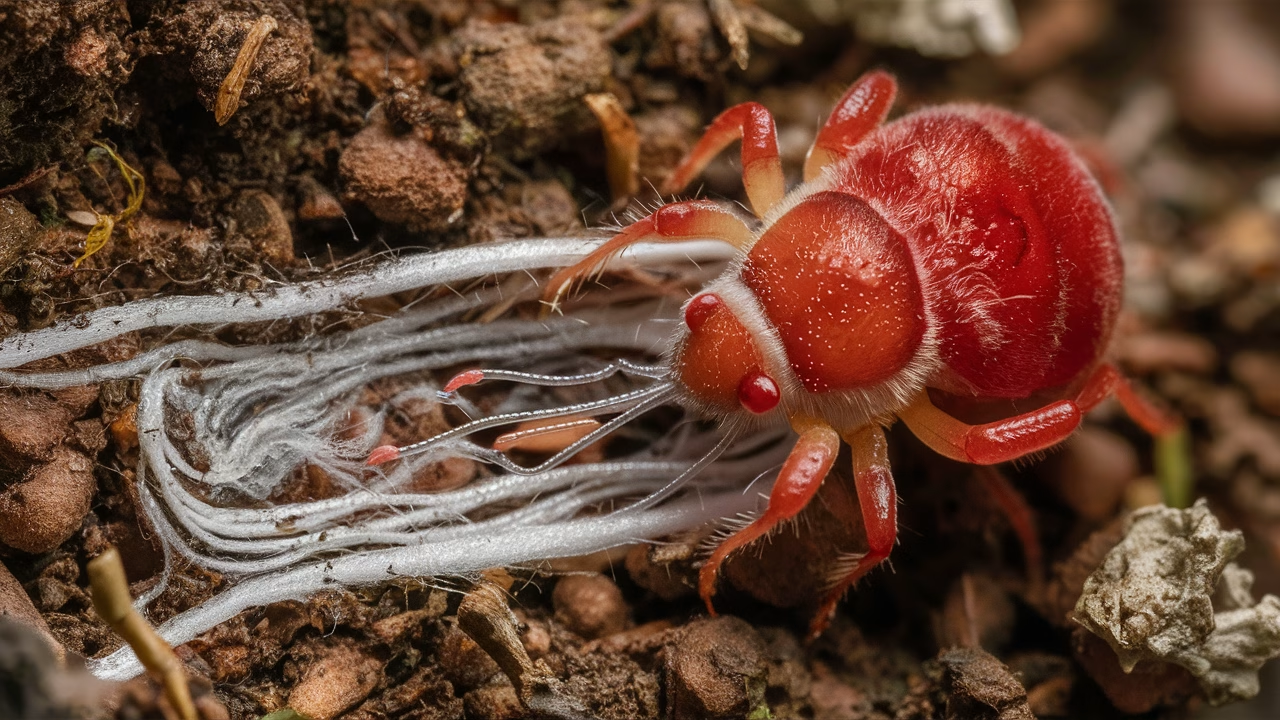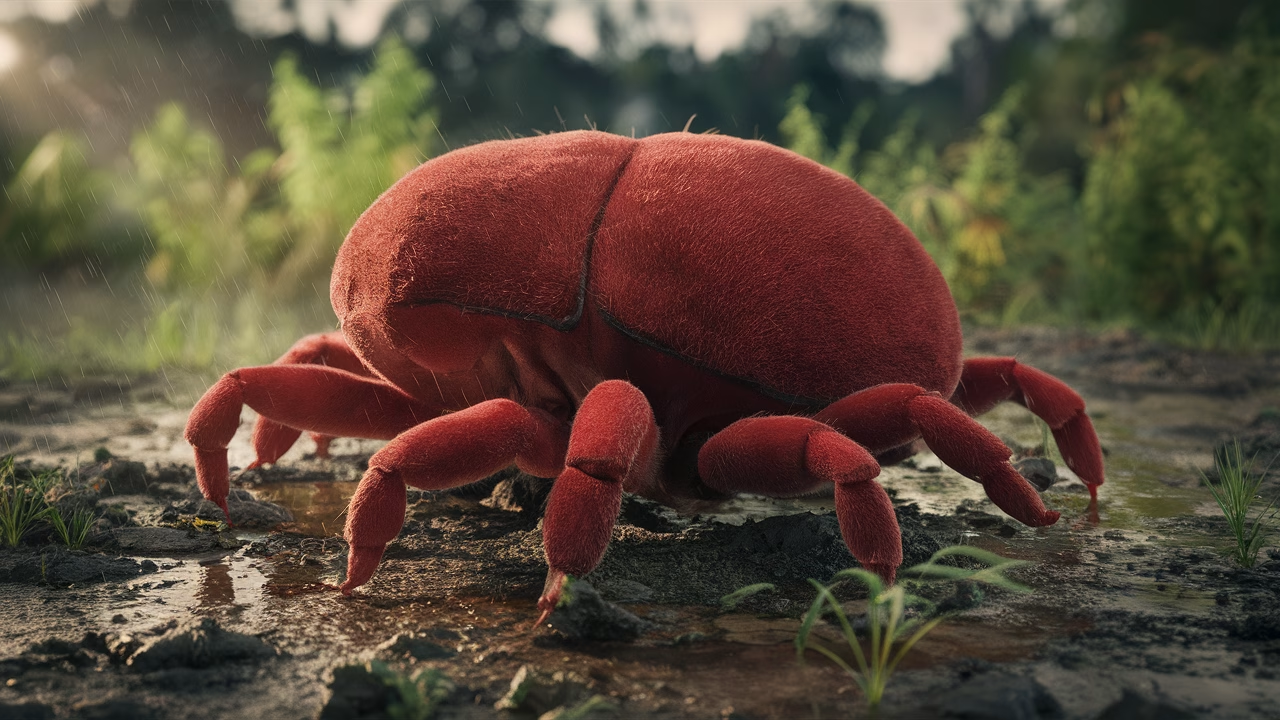Do Male Red Velvet Mites Really Explode If Rejected During Mating?
Surprisingly, yes. Male red velvet mites can meet a tragic end if their love displays fail to impress. While ‘explode’ may sound dramatic, they engage in such an energy-intensive mating ritual that rejection can literally wear them out completely—sometimes fatally.
TL;DR: The Red Velvet Mite’s Mating Madness
- Reproduction demands intense energy: Male red velvet mites perform elaborate mating rituals.
- Rejection can be fatal: If a male fails, the emotional (and biological) toll may be deadly.
- Species-specific behaviors: Their courting dance involves spinning silk trails and sperm droplets.
- Loaded with insight: Understanding this behavior reveals important truths about mating strategies in arthropods.
The Mysterious World of Male Red Velvet Mites
Bright red, velvety, and surprisingly large for their kind—giant red velvet mites of the genus Dinothrombium look like they jumped straight out of a fairy tale. Yet their mating habits are hardly magical. These creatures belong to a genus known for their soft, plush appearance—but don’t let that fool you. Behind the fuzzy exterior lies a story of Darwinian desperation, male competition, and stunningly high reproductive stakes.
Ever wondered why some species go to extreme lengths just to reproduce? For male red velvet mites, reproduction is a one-shot gamble. And if the female doesn’t find their courtship satisfactory, the consequences aren’t just humiliating—they can be deadly.
Understanding the Courtship Behavior
Male red velvet mites initiate their mating ritual with what can only be described as an elaborate love story written in silk. First, they spin a trail of silk laced with small droplets of sperm along the ground. This is their mating ‘letter’—a coded message left for females to interpret. If a female walks by and likes what she sees (and smells), she will sit atop a droplet, thereby beginning the male red velvet mite reproduction cycle.
But here’s the kicker—if she doesn’t approve, she keeps walking. No sperm pickup. No mating. And for the male who painstakingly crafted his pheromone-laced trail, this is more than a romantic setback.
Here’s what often happens next: they collapse. In some cases, from the exhaustion of repeated mating attempts, males may quite literally die—hence the dramatic reports of them ‘exploding’ from effort and rejection.
The Reproduction Cycle of Male Red Velvet Mites
Their mating habits aren’t just taxing—they’re biologically demanding. These mites emerge briefly after a rain, often during monsoon season. Time is limited. Mating grounds are competitive. Every male red velvet mite is armed with a fragrant silk trail and a hope that a female will accept the offer.
Unlike insects that have multiple mating seasons or extended periods of courtship, red velvet mites may only get a few chances in their entire life. When rejection happens, they don’t have time to recover or revise their approach. That’s the sobering truth of nature—every biologically driven event demands energy. If the return on investment isn’t met, the species suffers—or the individual perishes.
This high-risk reproductive tactic means that energy invested in sperm production, trail laying, and pheromone release is immense. Without successful fertilization, it becomes an evolutionary dead end for the male red velvet mite.
Environmental Influences on Mating
Red velvet mites emerge from the soil during very specific weather conditions—often after the first major rainfall of the season. These fleeting windows of activity present a narrow opportunity for courtship. The environment plays puppeteer to this wild dance of survival. Temperature, humidity, and soil moisture dictate not only their time of emergence but also how long males survive above ground.
So how does that affect their mating habits? It hurries them. A limited window means fewer chances to refine their strategies—or recover after rejection. The explosion, then, isn’t literal as much as it is ecological. Males overwhelmed by exhaustion simply die from metabolic fatigue.
Fascinating Facts About Red Velvet Mites
We’ve talked about their love life, but there’s more to these velvet marvels:
- They aren’t insects: Red velvet mites are arachnids—relatives of spiders and ticks.
- Massive for mites: Some giant red velvet mite species grow large enough that you can easily see them crawling on soil with the naked eye.
- Fierce predators: Despite their romantic woes, larvae of some velvet mite species feed on insect eggs and crop pests, making them unlikely agricultural allies.
- One-time appearance: Adults live only for a brief spell after rains. It’s essentially mate-or-die season.
- Nature’s artwork: That vivid red hue warns predators—they’re no treat to swallow.
What Happens After Mating?
Once reproductive success is achieved, the male fades into the background—literally and biologically. After mating, the male red velvet mite’s energy reserves are spent. Unlike some creatures who can reproduce several times in one life, male red velvet mites likely mate just once.
Females go on to lay their eggs in moist soil, where their young hatch into larval predators. The circle of life continues, but only if the male’s gamble pays off.
Final Thoughts
Nature doesn’t pull punches. The mating behavior of the male red velvet mite is a bold reminder that no gesture is too grand in the quest for reproductive success—even if it comes at a mortal cost. Their vivid color, intricate trails, and risky reproduction strategy make them one of the most fascinating arachnids in existence. So next time you see that splash of red on rain-soaked soil, take a moment to appreciate the deadly seriousness behind one of nature’s sweetest performances.
Frequently Asked Questions
- Can red velvet mites really explode?
No, they don’t literally blow up, but extreme exhaustion from rejection can lead to death—hence the term ‘explode.’ - What triggers red velvet mite mating behavior?
They arise after rain and are triggered by the environmental cues of moist conditions. - Are red velvet mites dangerous to humans?
No, they are harmless to humans and pets. - What do red velvet mites eat?
As larvae, they feed on insect eggs; adults focus mostly on mating. - How do females choose mates?
Females follow a male’s silk trail and accept or reject based on the chemical cues and structure. - Can they be kept in captivity?
It’s not advisable. Their lifecycle depends heavily on natural climate events. - What’s the lifespan of a red velvet mite?
As adults, they live for a few days post-monsoon, just enough to mate.





